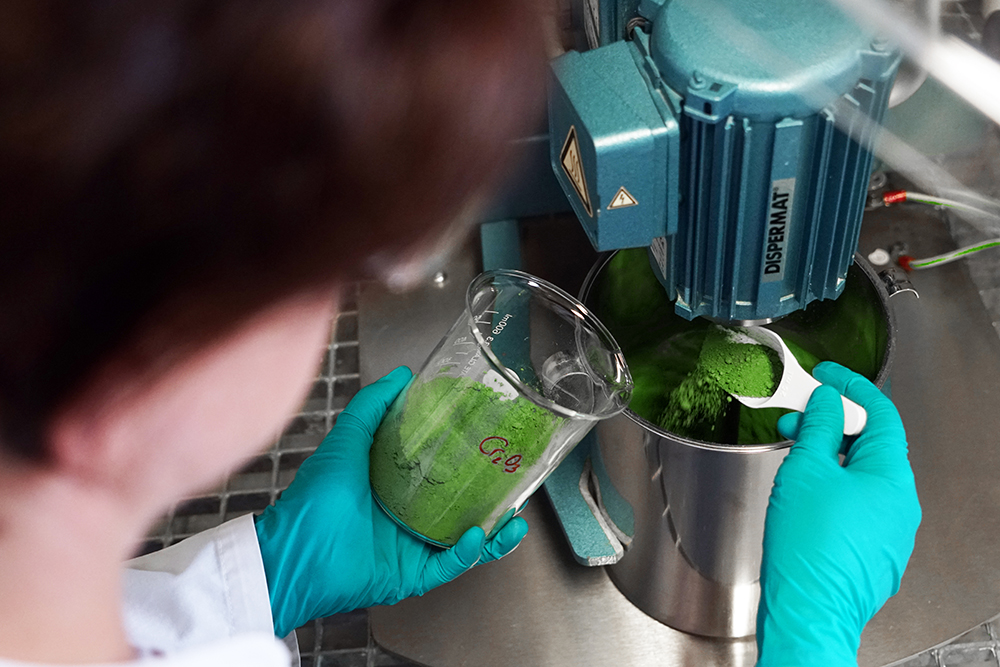
Ceramic coatings can provide a significant contribution to the surface resistance and quality of machine components with regard to wear protection, non-stick effect or insulation behavior. Thermal coating methods based on ceramic or metal powders are among the most common solutions. Although the powder particles used are fine and the coatings thin, these surfaces are very rough. In order to achieve the desired surface quality, the coated components therefore often require extensive finishing or sealing. To remove the need for such steps, the Fraunhofer Institutes IKTS and IWS have developed further a specific thermal coating method: Instead of powders, a suspension is sprayed, which contains much finer particles than the typical spray powders. This makes it possible to produce thin (< 100 μm) and dense layers with very smooth surfaces, and it also helps save on raw materials.
The layer properties are determined first by the parameters prevalent in the thermal spraying process, and second by the suspension properties. Materials with a homogeneous particle size distribution and high purity are particularly suited for producing suspensions. Using electroacoustic, rheological and sedimentation measuring technologies, the suspension properties can be adjusted and optimized with regard to solid particle content, grain size distribution, and viscosity.
In addition to ceramic materials, such as chromium oxide, alumina or zirconium oxide, it has now become possible to spray hardmetals thermally while avoiding defects. Furthermore, the technology enables graded layer systems, which allow, among other things, for the combination of different thermal and mechanic properties.
 Fraunhofer Group for Materials and Components - Materials
Fraunhofer Group for Materials and Components - Materials